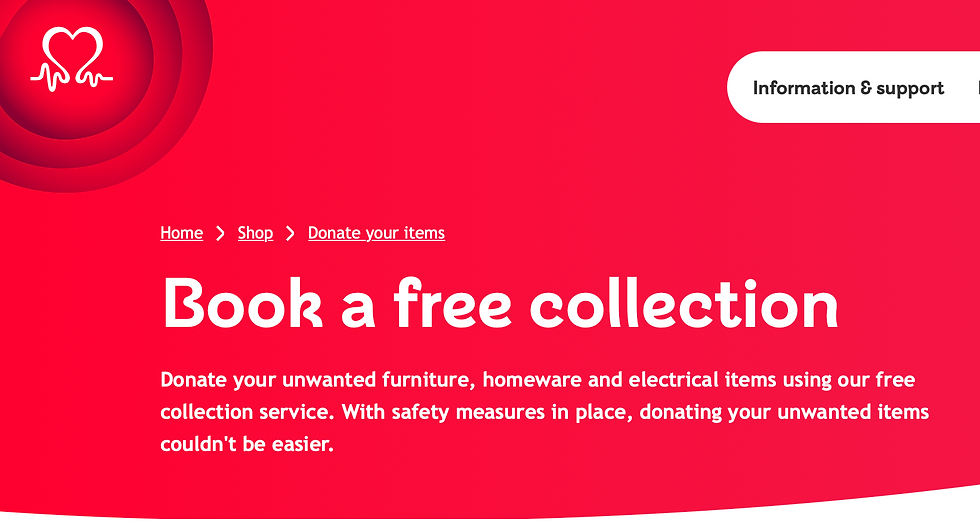What is E-waste and Why is it a Problem?
- Megan at ZeroSmart
- Oct 24, 2022
- 4 min read
What is E-waste?
E-waste is “discarded electronic appliances such as mobile phones, computers, and televisions”, as defined by Oxford Languages.
E-waste is formed by electronic items which have reached the end of their “useful life.” A device’s “useful life” does not necessarily mean it is broken, or unusable. As more technology is created at a faster rate, many items which are still perfectly usable are ending up in landfill. This can be anything from computers, televisions, stereos, copiers and printers. E-waste first became a notable problem in the 1970s. Since then, however, a lot has changed - particularly the number of electronics being discarded today. Since the 70s e-waste has had numerous identities, as a collective term was trying to be decided. This included “digital rubbish.”
The regulation of e-waste is currently under the legislation passed in 2013 “Waste Electrical and Electronic Equipment (WEEE).” In overview, this legislation regulates the amount of waste electrical and electronic equipment (WEEE) incinerated or sent to landfill sites. Its aim is to reduce this amount.
Reduction is achieved through various measures which encourage the recovery, reuse and recycling of products and components.
E-Waste in the UK
The UK is one of the largest producers of e-waste in the world, with 23.9kg of e-waste on average produced per head, according to the Environmental Audit Committee’s Electronic Waste and the Circular Economy report – that’s almost a third of an adult’s average body weight, which stands at 70.8 kg. In just the first six months of 2021 alone the UK produced 148,134.09 tonnes of e-waste, the equivalent weight of 15 Eiffel Towers.
According to research, Brits are hoarding up to 60 items of old, unused tech per household. Over two thirds (68%) are holding onto at least one old charger – and of these, more than one in 10 (12%) have three unused chargers taking up space in drawers, cupboards, basements and attics.
Along with old charging cables, laptops, smartphones, and mobile phones are also common pieces of tech Brits are holding onto despite not using them anymore. More than half of our survey respondents (52%) said they keep at least one unused laptop tucked away, while 51% have kept at least one smartphone that’s more than 5 years old.
A third (33%) know that most of the tech they’re hoarding isn’t in working condition, and one in 10 admit they are holding onto tech knowing none of it actually works.
Why is it important to recycle e-waste?
E-waste Hides Toxic Materials
Before being discarded, our modern day electronics are perfectly safe to use and to be around. Once underground in a landfill, this is not the case. Most electronics contain toxic materials, such as beryllium, cadmium, mercury, and lead. This is not only extremely harmful to the environment and wildlife, it is also extremely dangerous to us.
People living in e-waste exposed regions had significantly elevated levels of heavy metals and persistent organic pollutants. Research shows that children and pregnant women are especially susceptible during the critical periods of exposure to toxic materials produced from e-waste. The existence of various toxic chemicals in e-waste recycling areas impose plausible adverse health outcomes. Novel cost-effective methods for safe recycling operations need to be employed in e-waste sites to ensure the health and safety of vulnerable populations.
It is also not only the immediate surrounding environment which faces the consequences of e-waste. Once e-waste gets buried at landfill, it can dissolve into microscopic traces. Eventually, these traces of toxic materials pool into the ground below the landfill. This is known as leaching. The more e-waste and metals at the landfill, the more of these trace toxic materials show up in the groundwater.
These devices are three of the most rapidly mass-produced electronics of our time, meaning e-waste is mounting at a disconcertingly fast pace. If those devices are not recycled or refurbished, they will find their way to the garbage, then the soil and eventually groundwater. With improper methods of e-waste disposal groundwater contamination is a likely result.
How to Properly Recycle Electronics
There are lots of ways which you can ensure you are discarding your electronics, without having to contribute to landfill.
One of the first places to check are local charities. The British Heart Foundation offers a free service for collecting working electronics. These then may be used to be sold in their shops.
WeeeCharity is a non-profit charity registered in the UK that helps to relieve poverty by offering free recycling of computers and electrical equipment, no matter what condition it’s in. These electronics are then recycled, donated, or resold back to the community.
A second alternative is funding a recycling centre near you. Some local authorities collect small electrical items as part of their curbside collection, but you can also recycle these and larger appliances at Household Waste Recycling Centres. You can find a list of these near you here.
Conclusion
Data suggests a third of UK adults don’t seem to know much about ways to recycle their old tech items, and across the board people are keeping hold of unused objects instead of disposing of them correctly. When considering the severe effects of e-waste and the produced chemicals, this is very alarming. It is only our responsibility how we dispose of our own electronics.

























